The recent shutdown of some of Ho Chi Minh City’s most iconic performance venues - Trong Dong, Lan Anh, and Stage 126 - has sparked concern and nostalgia among local audiences. But according to industry insiders and cultural experts, this outcome has been inevitable for years.
End of an era for Lan Anh and Trong Dong stages
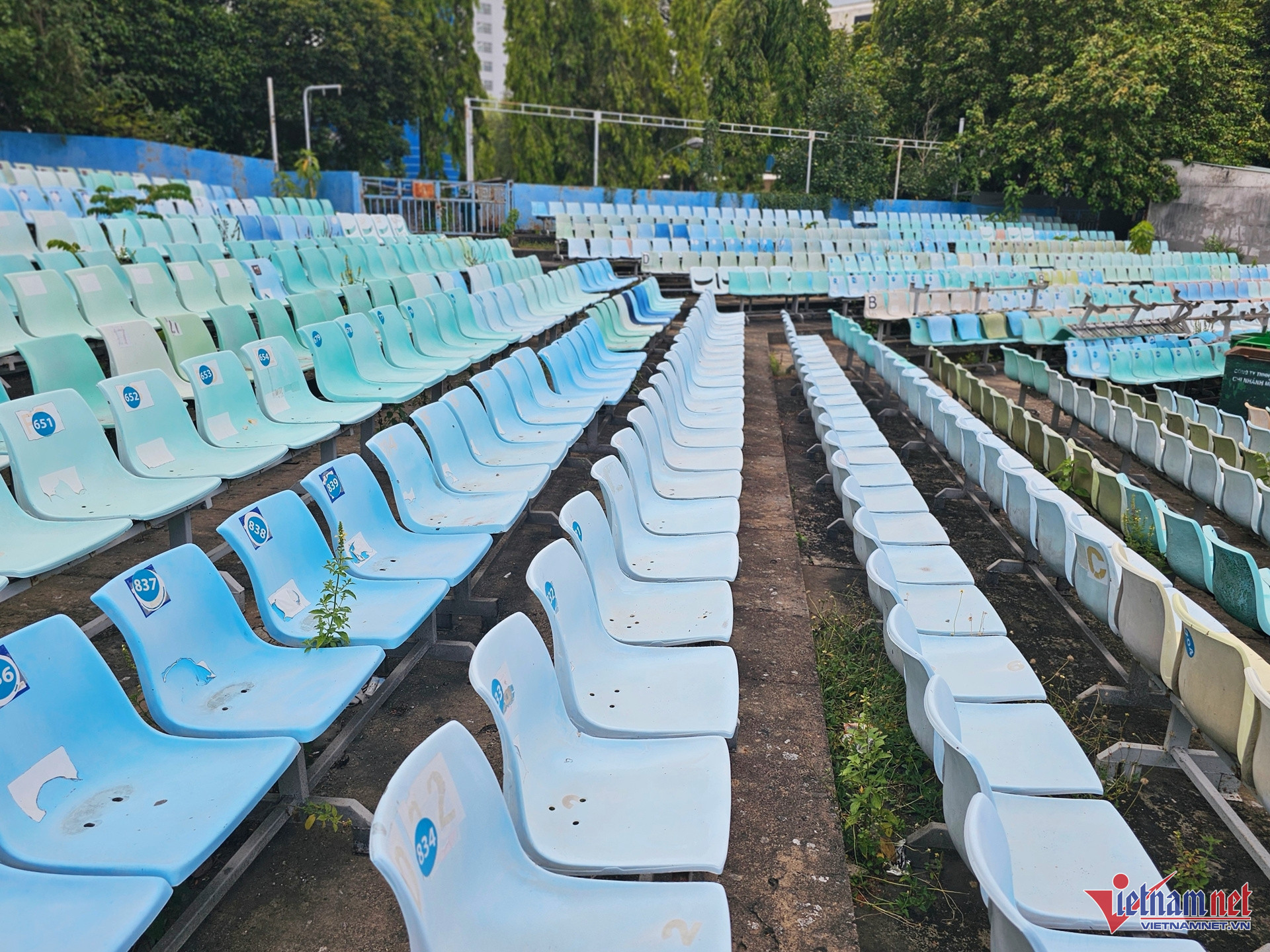
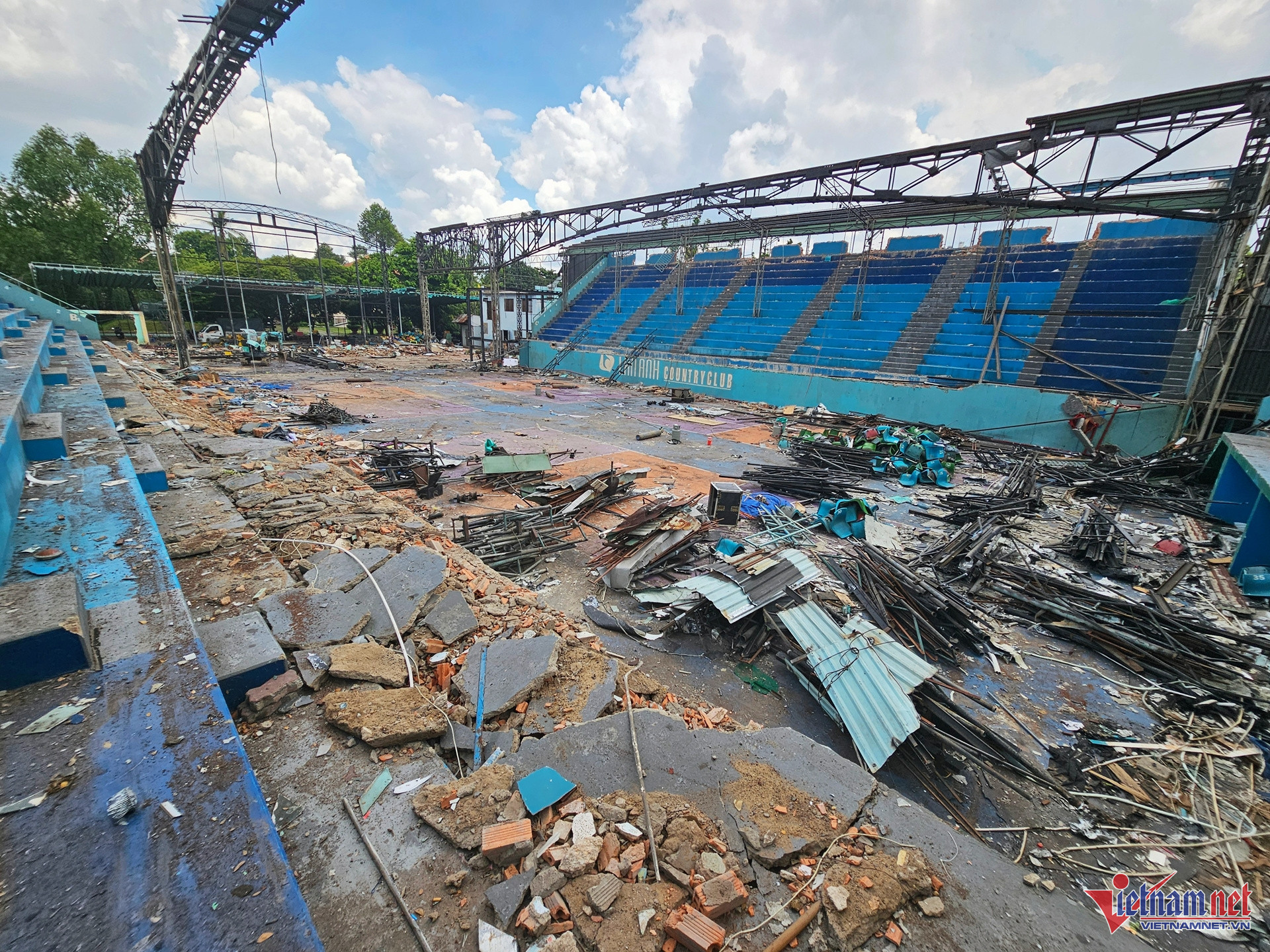
In early May, the management of Lan Anh Stage officially confirmed its closure. Once a key site for major concerts, including singer Trinh Thang Binh’s “UPGENERATION” show in March 2023, the venue has seen dwindling activity.
Lan Anh had recently tried to stay relevant by pivoting to the pickleball trend, hosting rare large-scale tournaments in Vietnam. But as of now, even the pickleball court is being dismantled, ending Lan Anh’s 28-year legacy in entertainment.
Similarly, Trong Dong Stage - once among the city's most popular outdoor venues - is now abandoned, overgrown, and repurposed as a parking lot and storage area.
The last major performance, “Cung Dành Ngó Lơ” in July 2024, featured prominent singers and comedians but failed to rejuvenate the venue’s appeal.
Without an operational management team and with its signage removed, the possibility of a comeback is virtually nil.
The decline: reality or fate?

Artist Cat Phuong performing at Trong Dong in late 2023. Photo: NVCC
Show producer Gia Bao, who previously staged numerous sold-out events at Trong Dong and Lan Anh, says the closure of these once-vibrant venues is no surprise.
He recalls Trong Dong’s peak from 2010 to 2013, when monthly shows would draw up to 4,000 spectators thanks to top-tier stars like My Tam, Dam Vinh Hung, and Le Quyen.
However, by late 2013, he noticed declining turnout. His show “Dai Hoi Sieu Sao” that year only attracted 2,500 attendees. He stopped organizing events there soon after.
According to Gia Bao, the turning point began around 2013–2014, when reality TV and game shows boomed. These programs featured top celebrities, were heavily funded, and aired during prime time, luring traditional theater audiences to stay home instead.
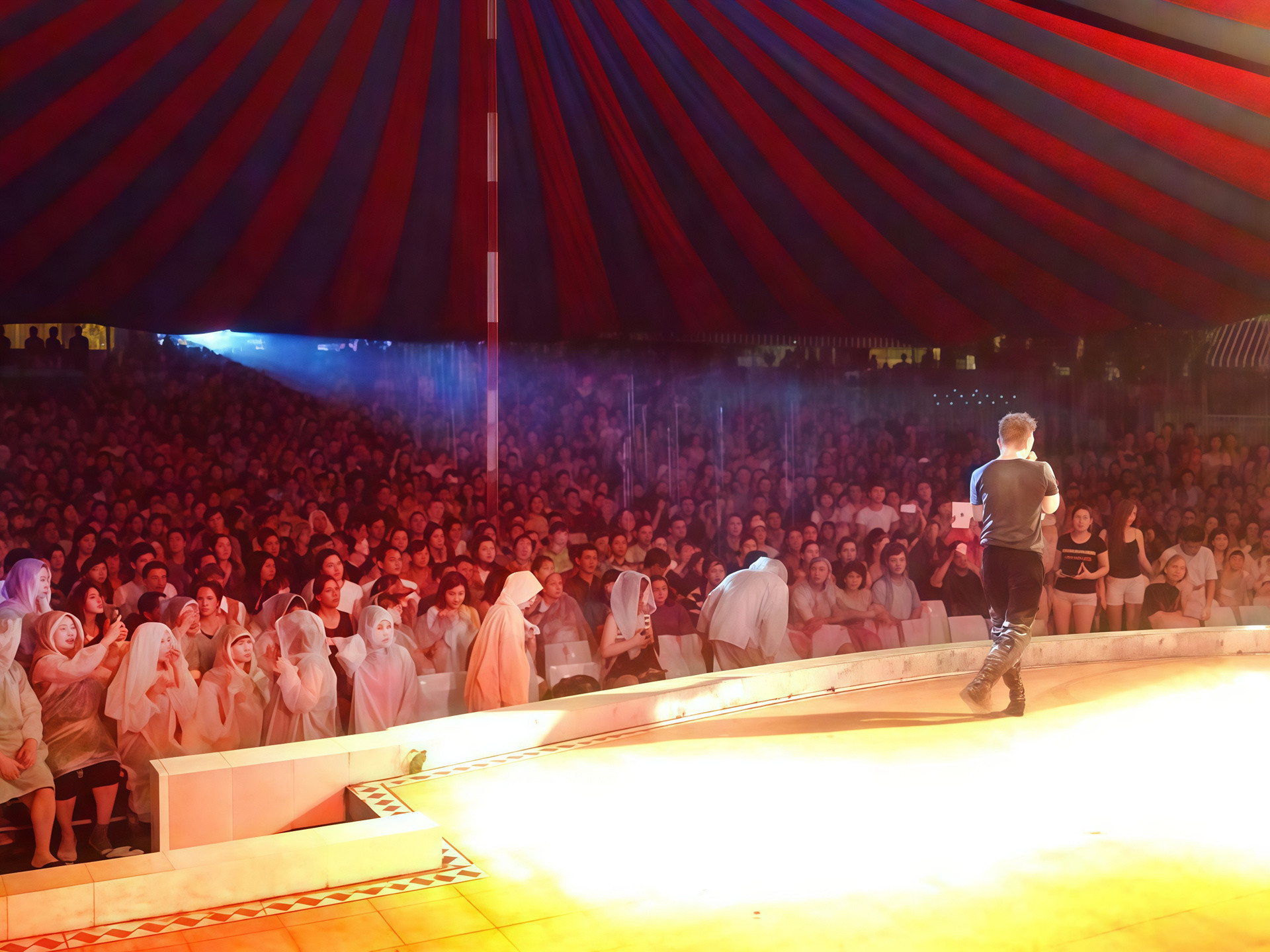
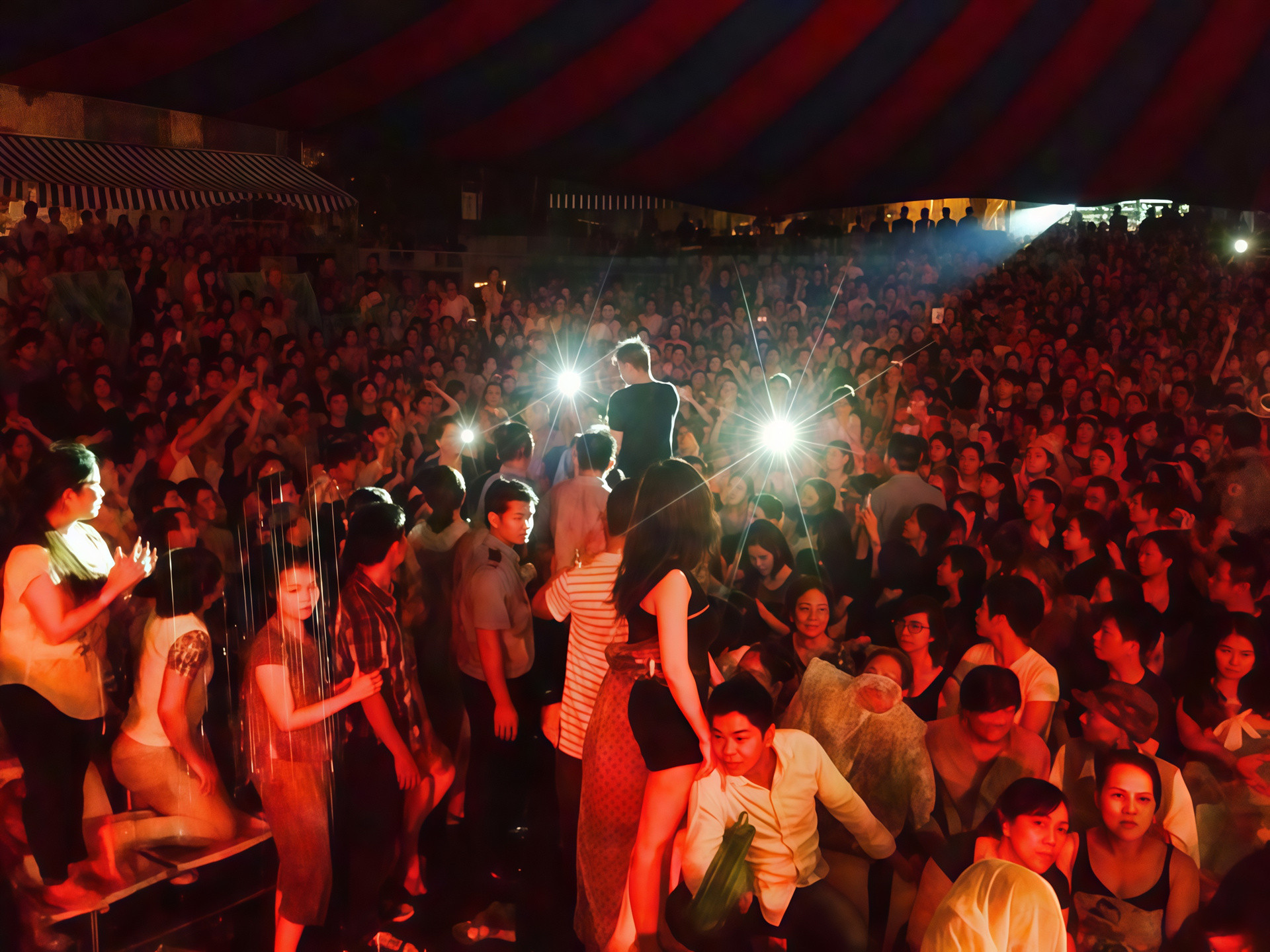
He explains further: “Going to a show means buying a ticket, arriving early, dealing with crowds, and even risking theft. Wealthier audiences avoid open-air stages due to weather, while working-class viewers prefer free entertainment on TV or YouTube.”
Additionally, many live shows became repetitive and lacked innovation. Rising star fees compounded the issue - producers faced the dilemma of either underpaying artists or risking unsold tickets with higher prices.
“For a successful outdoor show, I needed 5–7 performers, including at least one or two A-list stars,” he said. “But newer artists demand high fees and reject variety shows, so venues like these eventually emptied out.”
Systemic issues and cultural stagnation
From a cultural management perspective, People’s Artist Tran Ngoc Giau, Chairman of the HCMC Theater Association, believes these venues were always intended for rental use, not artistic development. They had no consistent programming or cultural identity, which made them vulnerable to shifting trends.
“These stages were simply platforms,” he said. “Artists with the funds could book them and put on a show. Afterward, everything returned to its original state.”
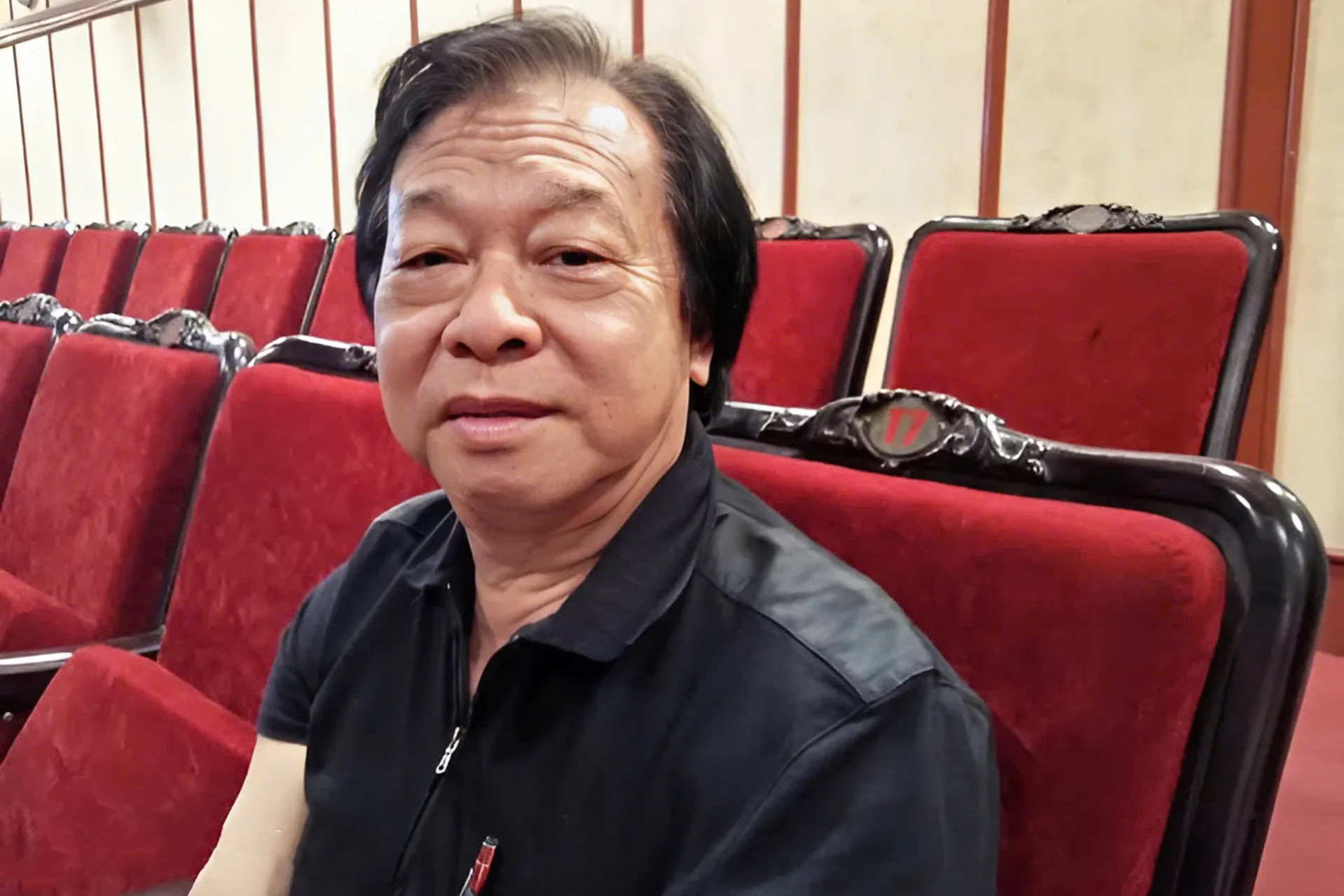
He notes that HCMC’s theater scene is now split between a lack of viable venues and venues that fail to attract audiences - two sides of the same coin. The audience’s shifting preferences have outpaced the ability of traditional stages to evolve.
While massive venues such as stadiums remain relevant, the city still needs spaces that hold several thousand spectators. To revive its performance culture, Tran Ngoc Giau calls for a public-private partnership approach.
“The government needs to treat these venues as cultural institutions and offer long-term support, like subsidized rentals or preferential loans,” he said. “Meanwhile, the private sector must prioritize artistic value before profit.”
Modernizing everything from facilities and production technology to operational models is essential. He added, “People say HCMC has nothing to see or do. That’s not true.
The entertainment we have doesn’t meet changing expectations. Public demand is fluid, and both government and private sectors must adapt together.”
Gia Bao & Tuan Chieu